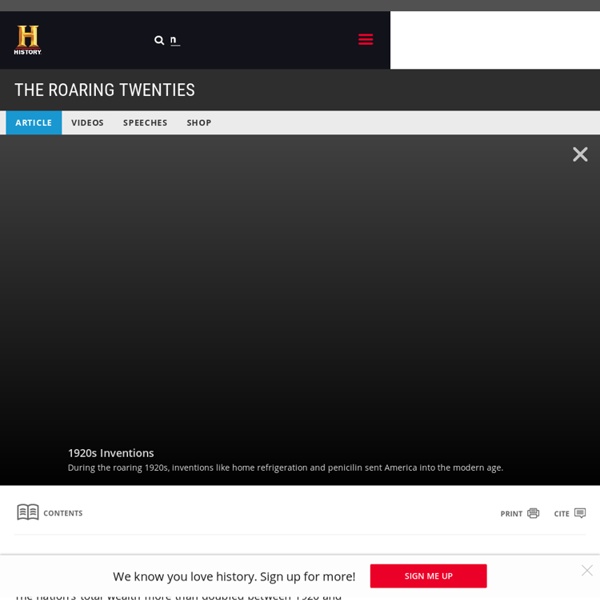The Birth of Israel
At the end of World War II, the conflict over Palestine gained momentum. As early as 1942, the Yishuv, the Jewish community in Palestine, had turned to the United States for support of the Jewish state in Palestine. Even after the horror of the Holocaust, Britain refused to change its policy of allowing no further Jewish immigration. Despite the hundreds of thousands of Jews languishing in Allied displaced persons camps, the British locked the gates to Palestine. British ships stopped ships and forced the refugees into camps they had established on Cyprus.
The Little-Known Story of the Night Witches, an All-Female Force in WWII
In the Nazi-occupied Soviet Union, German soldiers had a very real fear of witches. Namely, the “Night Witches,” an all-female squadron of bomber pilots who ran thousands of daring bombing raids with little more than wooden planes and the cover of night—and should be as celebrated as their male counterparts. This month marks the 73rd anniversary of the start of their pioneering service. In June of 1941, the Axis powers pushed into the Soviet Union using the largest invading force in the history of warfare. The infamous Operation Barbarossa saw about four million troops wade into Russia from the west, establishing a line that threatened to overtake Moscow itself.
Icons of the Roaring Twenties
Just hearing the name F. Scott Fitzgerald evokes the echo of clinking martini glasses, the fizz-pop of champagne, tinkling chandeliers, and the strains of hot jazz sliding forth from a glistening trombone. Sleek women in satin and chiffon dance wildly, beads flying furiously.
The birth of Israel
The former BBC Middle East correspondent, Tim Llewellyn, looks back at the history of Israel. The contrast between the growing Jewish society in Palestine - the Yishuv - and the indigenous, mainly Muslim Arab population could not have been greater. In 1917, two-thirds of the roughly 600,000 Arab population, were rural and village-based, with local, clannish loyalties and little connection with the towns. What passed for "national" Arab leadership was based in the towns, though there was little national identity. Two or three established, rival families dominated Palestinian politics.
The Story of Propaganda
The fact that wars give rise to intensive propaganda campaigns has made many persons suppose that propaganda is something new and modern. The word itself came into common use in this country as late as 1914, when World War I began. The truth is, however, that propaganda is not new and modern. Nobody would make the mistake of assuming that it is new if, from early times, efforts to mobilize attitudes and opinions had actually been called “propaganda.” The battle for men’s minds is as old as human history.
Flapper
A flapper onboard ship (1929) Flappers were a "new breed" of young Western women in the 1920s who wore short skirts, bobbed their hair, listened to jazz, and flaunted their disdain for what was then considered acceptable behavior. Flappers were seen as brash for wearing excessive makeup, drinking, treating sex in a casual manner, smoking, driving automobiles, and otherwise flouting social and sexual norms.[1] Flappers had their origins in the liberal period of the Roaring Twenties, the social, political turbulence and increased transatlantic cultural exchange that followed the end of World War I, as well as the export of American jazz culture to Europe. Etymology[edit] The slang word flapper, describing a young woman, is sometimes supposed to refer to a young bird flapping its wings while learning to fly. By 1920, the term had taken on the full meaning of the flapper generation style and attitudes.
History of chess - Wikipedia
Real-size resin reproductions of the 12th century Lewis chessmen. The top row shows king, queen, and bishop. The bottom row shows knight, rook, and pawn.
The Industrial Revolution and the changing face of Britain
An exhibition at the Barber Institute of Fine Arts (2008-9) During the late 18th and early 19th centuries, Britain experienced change in all aspects of life, as a result of the Industrial Revolution. Scientific advances and technological innovations brought growth in agricultural and industrial production, economic expansion and changes in living conditions, while at the same time there was a new sense of national identity and civic pride. The most dramatic changes were witnessed in rural areas, where the provincial landscape often became urban and industrialized following advances in agriculture, industry and shipping.



